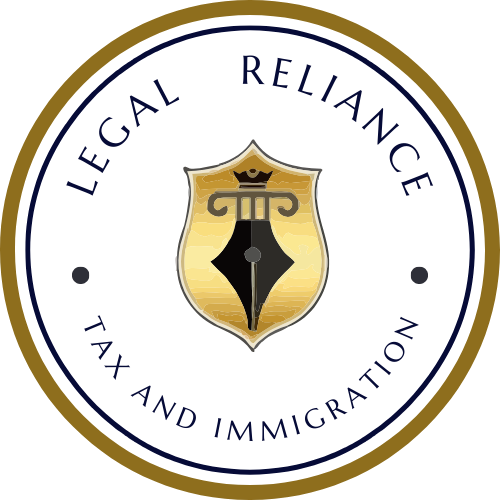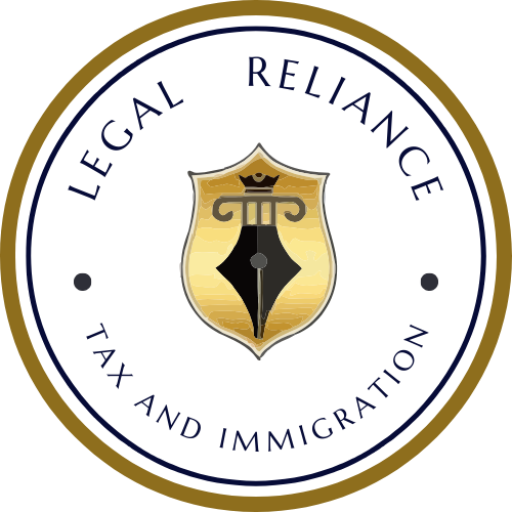Australia continues to be a top destination for Pakistanis seeking better opportunities, education, or a fresh start. With its high quality of life, excellent educational institutions, and vibrant job market, Australia has long been an attractive choice for skilled professionals, students, and families. The immigration policies are continually evolving, and understanding the updated visa requirements and process in 2024 is crucial for a successful application. In this article, we will provide an in-depth guide on the Australia immigration process for Pakistanis, outlining the latest visa types, requirements, and key steps involved.
1. Types of Australian Visas Available for Pakistanis
Australia offers a variety of visa categories depending on your purpose for immigration. Whether you are looking to migrate for work, study, or to reunite with family, there are specific visas suited to your needs. The following are the most common visa categories available for Pakistanis:
a) Skilled Migration Visas
Skilled migration is one of the most popular pathways for Pakistani professionals looking to move to Australia. The Skilled Migration Program allows individuals with the right qualifications, work experience, and English language proficiency to apply for permanent residency.
The two most prominent visas under this category are:
- Subclass 189 – Skilled Independent Visa: This is a point-based visa that does not require a job offer or state sponsorship. You can apply directly if you meet the eligibility criteria.
- Subclass 190 – Skilled Nominated Visa: In this category, you need to be nominated by an Australian state or territory. The nomination helps boost your points and improves your chances of obtaining a visa.
Both visas require applicants to submit an Expression of Interest (EOI) through the SkillSelect portal and be invited to apply based on their points score, which is calculated on factors like age, education, work experience, and language skills.
b) Family and Partner Visas
For Pakistanis who have family members or partners in Australia, the family visa category allows reunification. The most common visas in this group include:
- Partner Visa (Subclass 820/801): This visa allows individuals who are married or in a de facto relationship with an Australian citizen or permanent resident to live in Australia.
- Parent Visa (Subclass 103/143): For parents of Australian citizens or permanent residents, this visa allows them to migrate and live permanently with their children in Australia.
c) Student Visas
Australia is home to some of the world’s top universities, making it a popular destination for Pakistani students. The Student Visa (Subclass 500) allows students to enroll in an Australian educational institution and stay for the duration of their studies. After completing their studies, they may qualify for a Temporary Graduate Visa (Subclass 485), which allows them to gain work experience in Australia.
d) Business and Investment Visas
For high-net-worth individuals or entrepreneurs from Pakistan, the Business Innovation and Investment Program offers a pathway to permanent residency. Visas under this category include:
- Subclass 188 – Business Innovation and Investment (Provisional) Visa: This visa is for people who wish to own and manage a new or existing business in Australia or make a designated investment in an Australian state or territory.
- Subclass 132 – Business Talent Visa: This visa is for people who have a history of successful business ownership and want to establish a new business or invest in Australia.
2. Key Visa Requirements for Pakistanis in 2024
To ensure a successful visa application, it is essential to meet the specific requirements set for each visa category. Below are some of the general requirements that applicants from Pakistan should consider:
a) English Language Proficiency
Most visa categories, especially skilled migration, require applicants to demonstrate a strong command of the English language. Pakistanis need to take an English proficiency test, such as IELTS, PTE, or TOEFL, to meet the language criteria. The score required will vary depending on the visa subclass and the occupation you are applying for.
b) Skills Assessment
For skilled migration visas, Pakistani applicants must have their qualifications and work experience assessed by a relevant Australian assessing authority. The assessment verifies that the skills and qualifications are comparable to Australian standards. Common assessing authorities include Engineers Australia, Australian Computer Society (ACS), and Trades Recognition Australia (TRA).
c) Points System
For the Subclass 189 and Subclass 190 visas, Pakistanis need to score a minimum number of points (usually 65 points) on the points-based immigration system. Points are awarded based on factors such as:
- Age (applicants aged 25–32 get the highest points)
- English language proficiency
- Work experience (inside or outside Australia)
- Educational qualifications
- Partner skills
- State or territory nomination
d) Health and Character Checks
All Pakistani applicants must pass a medical examination conducted by a panel of doctors approved by the Australian Government. Additionally, applicants need to provide police clearance certificates from Pakistan and any other countries they have lived in for 12 months or more in the past 10 years.
e) Proof of Funds
For certain visa categories, especially student visas and family visas, Pakistani applicants may be required to show evidence of sufficient financial capacity to support themselves while in Australia.
3. Step-by-Step Guide to the Australian Visa Application Process

Navigating the visa process can be daunting, but following a clear step-by-step guide can help Pakistani applicants successfully complete their application.
a) Select the Right Visa
Start by identifying the visa category that best suits your purpose for moving to Australia. Whether it’s skilled migration, study, or family reunification, each visa has unique requirements.
b) Gather the Necessary Documents
Prepare all required documentation, including:
- Passports
- English language test results
- Skills assessment reports
- Educational certificates
- Financial statements
- Health and character checks Ensure that all documents are up to date and certified by the relevant authorities.
c) Submit an Expression of Interest (EOI)
For skilled migration visas, applicants must submit an EOI through the SkillSelect portal. This indicates your intent to apply for a visa and allows you to be ranked against other applicants based on your points score.
d) Receive an Invitation to Apply
Once you have submitted your EOI, you will be ranked according to your points score. If you score high enough, you may receive an invitation to apply for the visa. Invitations are issued during periodic rounds, and you must apply within 60 days of receiving one.
e) Lodge the Visa Application
Once invited, you can lodge your visa application online through the Department of Home Affairs website. Be sure to include all required documents and pay the necessary visa application fees.
f) Wait for the Outcome
After submitting your application, you will need to wait for a decision. Processing times vary depending on the visa subclass and the complexity of the application. During this time, you may be asked to provide additional information or attend an interview.
g) Prepare for Arrival in Australia
Once your visa is granted, it’s time to plan your move to Australia. Make sure to familiarize yourself with Australian customs, healthcare, and education systems to ensure a smooth transition. contact us








